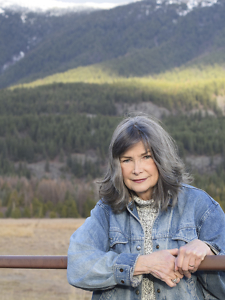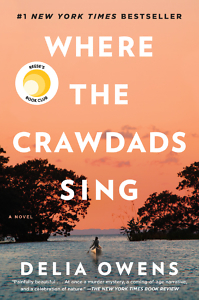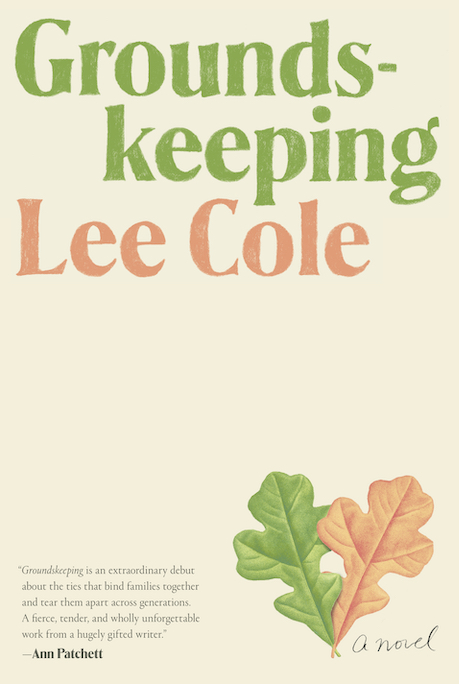Marsh Girl
Where the Crawdads Sing, Delia Owens’s first foray into fiction, is a bestseller
Delia Owens, veteran wildlife scientist and John Burroughs Medal winner, spent more than twenty years in remote areas of Africa, chronicling her findings in three bestselling nonfiction books. Where the Crawdads Sing, her first foray into fiction, has spent months at the top of the bestseller list, in part because it was a 2018 pick for Reese Witherspoon’s online book club. The novel explores the limits of the human relationship with nature when a seven-year-old girl is abandoned in the coastal marshlands of North Carolina.

Set in the 1950s, the novel begins with a snapshot of Kya Clark’s turbulent homelife. When her mother leaves Kya and her siblings in the care of their alcoholic father, the family’s dysfunction drives each of the siblings—and eventually even the father—from their isolated cabin in the marsh. Resourceful Kya fishes and rations out her meager supplies until hunger drives her into town with what little money her father left her.
Not long after a concerned grocery clerk begins to ask too many questions, a truancy officer arrives at Kya’s cabin. To evade the officer, Kya copies the behavior of the animals around her—fleeing at the sound of approaching humans, following escape paths from her home to nearby tree cover. But after struggling for weeks to learn to cook without being able to read, she is lured into town by the promise of a free meal at school. When formal education proves a disaster—the other students taunt Kya for her disheveled appearance and inability to read—she returns to the marsh.
This brief brush with the townspeople earns Kya the nickname “Marsh Girl,” a title which grows its own folklore, conjuring up images of a feral, dangerous woman—a threat to the civilized town. Not everyone believes the rumors. Fellow fisherman and friend of Kya’s brother Jodie, Tate earns Kya’s trust through a shared love of wetland wildlife. When Tate leaves for college, Kya faces her worst nightmare: more abandonment. It’s her worst fear, that is, until she becomes the prime suspect in a local murder.
 The chapters in Where the Crawdads Sing alternate between flashbacks to Kya’s childhood and the events that take place after the murder. Each short chapter has a cinematic feel, and in fact, Witherspoon is already working on the film adaptation of the book.
The chapters in Where the Crawdads Sing alternate between flashbacks to Kya’s childhood and the events that take place after the murder. Each short chapter has a cinematic feel, and in fact, Witherspoon is already working on the film adaptation of the book.
The novel includes a number of secondary characters who help to explain Kya’s survival in such hostile circumstances. Her need for money, for example, makes her dependent on the kindness of Jumpin’, the elderly African American owner of a nearby gas station to whom she sells fish. Jumpin’ and his wife, Mabel, act as Kya’s surrogate parents and sagacious benefactors, and Kya’s social isolation also allows her to engage with them in a unique way—on a strictly personal level. Kya doesn’t know anything about racism or the civil-rights movement. She makes her judgments about race on the basis of her interaction with Jumpin’. In Kya’s world, kind people are kind. Unkind people can’t be trusted—no matter what color.
A timely theme in the novel concerns nature conservation. Kya’s family has lived on her plot of land for years, and her love affair with the land is the main driving force of the narrative. As the novel advances toward the 1970s, developers threaten to take more of the Carolina coast for commercial real estate, and Kya must take steps to protect her family’s land. Her collection of rare bird feathers and foliage serve as constant reminders of all that nature has to offer if only human beings will protect it.

Sarah Carter is a high-school English teacher in Lebanon, Tennessee. She recently earned an M.F.A. in creative writing from the Sewanee School of Letters.


